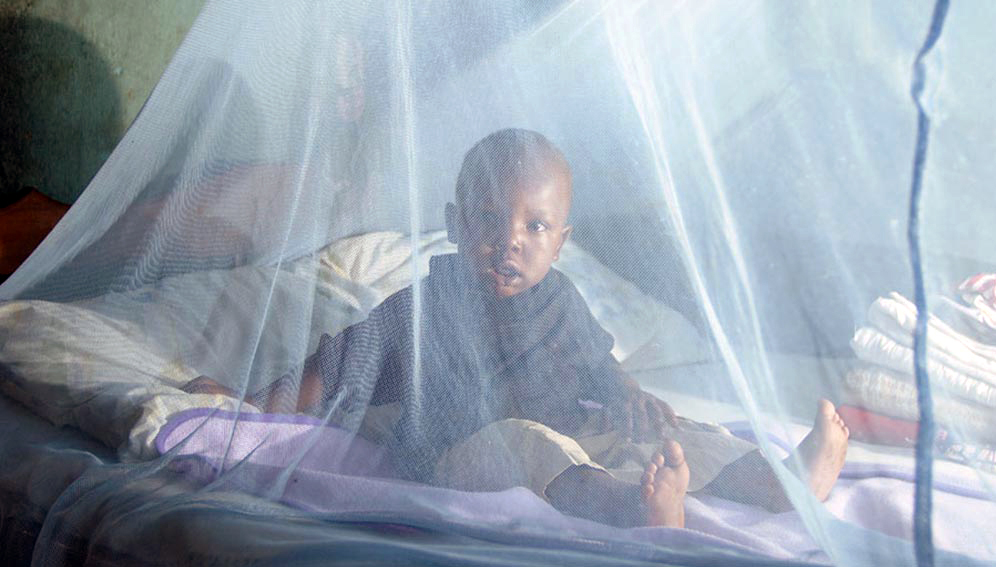Global malaria eradication efforts should focus on children and pregnant women to fight the most persistent pockets of the disease, a World Health Organization (WHO) report has urged.
The Global Malaria Report 2019, launched last Wednesday in Switzerland, found that, despite drops in malaria infection overall, around 11 million pregnant women in sub-Saharan Africa—almost one in three—contracted the disease in 2018.
Malaria affects the unborn child, often triggering anaemia and low birth weight. In 2018, nearly 900,000 babies were born in sub-Saharan Africa with low birth weight caused directly by malaria, the report noted.
Children also remain at risk, despite the increased use of malaria prevention methods such as insecticide-treated bed neds. In sub-Saharan Africa, 61 per cent of children under five had such a net in 2018, compared to just 26 per cent in 2010, the report found. However, more than a third of children who get a fever – one of the signs of malaria – have no access to healthcare, the authors said.
“In this report we have brought back the focus to the key populations at risk, pregnant women and young children in Africa,” said Pedro Alonso, the director of the WHO’s Global Malaria Programme. “By highlighting this space, we signal that they must become our number one target in the fight against malaria.”
While malaria deaths continue to drop, eradication targets have gone off track since 2016, the report shows, and the global rate of infection has flatlined in that time.
Last year, around 57 people out of 1,000 in endemic countries were infected with malaria, with malaria remaining resistant to eradication efforts in some countries. Around 15 per cent of cases occur in just six countries: Nigeria, Democratic Republic of Congo, Ghana, Uganda, Cote d’Ivoire and India. While India has made huge progress in tackling the disease, it still accounts for 3 per cent of all cases worldwide, the report found.
Abdisalan Noor, a team leader in the Global Malaria Programme and lead author of the report, said investment in tackling malaria was a concern. “Funding levels have been maintained since 2010, but a significant worry is that, in the face of population growth, whether the available funding can cover all populations at risk.”
With this in mind, funding should be concentrated on the most vulnerable groups, namely pregnant women and young children, the report said.
Experts attending the launch called malaria a “disease of poverty and inequality”. Kigali-based Abdourahmane Diallo, who heads the RBM Partnership to End Malaria, said the disease affected the poorest who struggle to access treatment and prevention methods. “Clearly, we have interventions that are working, but they are not reaching everyone,” he said.
The report focused on traditional methods of prevention, such as bed nets, mosquito population control and repellents. However, it highlighted that three countries—Ghana, Kenya and Malawi—are engaged in clinical trials on the malaria vaccine, which, the report said, had been shown to reduce four in ten malaria cases in young children.
James Whiting, CEO of Malaria No More UK, has been involved in the development of the vaccine, which, he said, will be given to 360,000 children this year. However, he echoed Diallo’s warning, urging endemic countries to ensure cheap and fair access to health care.
“Universal health coverage is key to success,” Whiting said. “All people at risk of malaria must have access to the primary health care services they need to prevent, diagnose and treat this deadly disease.”
Data from the report underlines this message. Three countries—Timor-Leste, Malaysia and Iran—reported no malaria cases for the first time in 2018, thanks to improved healthcare provision. After three years without new cases, Algeria and Argentina were certified malaria-free by the WHO only this year.






